What Dog Hot Spots Are And How To Treat Them
Hairless areas on your dog that seem sensitive, and perhaps ooze a clear fluid or pus may be dog hot spots. Inflamed skin has allowed an infection to take hold, and the resulting area becomes extremely sensitive, perhaps painful or itchy. Properly called pyotraumatic dermatitis by veterinarians, these bacterial infections of the skin have several causes, including allergies, improper or insufficient grooming, and behavioral issues.
A dog with a normal immune system does not develop spontaneous skin infections. Some kind of underlying cause is responsible for the development of these lesions in otherwise healthy animals. This underlying cause can be as simple as moisture buildup behind a mat of fur, or as complicated as self-mutilation due to excessive licking, brought on by an unknown mental issue.
It's always recommended to take your dog to the veterinarian, just in case the issue is more serious than it appears. After clipping the fur around the affected area, you or the vet will wash it regularly with a gentle antiseptic or other cleanser until it heals. Sores that were created by scratching or licking may require the use of an e-collar for a short period of time while the area heals.
The skin infection can often be treated relatively easily, but there is usually a larger problem behind it. Until this larger problem is resolved, the skin infections will only continue. Figuring out what is making the dog susceptible to these infections is the only way to stop them for good.
Clipping matted fur and maintaining a regular grooming schedule will help dogs that get these irritated patches due to excessive fur. Long-haired dogs need to be groomed at least twice a week, and all the mats should be either untangled or clipped out during these sessions. Going to the groomers may be necessary for dogs whose owners cannot keep up with their grooming needs.
Allergic reactions are a bit harder to deal with, as the allergy might be to almost anything in the dog's environment. Enlist your veterinarian's help in where to start, but generally, changing the dog's diet to a low-allergen food, cleaning up any fleas in the house and putting the dog on an anti-flea preparation, and vacuuming the home to remove allergens are called for. An antihistamine (either topical or oral) can help in some cases, as well.
Behavioral issues such as licking can be the most difficult to treat. Usually, affected dogs are either bored or anxious. Treating these problems can help resolve the licking. Bored dogs will benefit from more exercise and training and toys to tire out the body and mind, and anxious dogs will benefit from similar help, as well as other exercises suggested by a trainer or behaviorist. Sometimes, anti-anxiety medications are called for.
Dog hot spots are an indication that something else is wrong with your pet. Aside from treatment for the issue itself, get some suggestions from your veterinarian as to how to resolve the larger issue. With appropriate care, most dogs can recover from the underlying problem and the skin issues will resolve themselves.

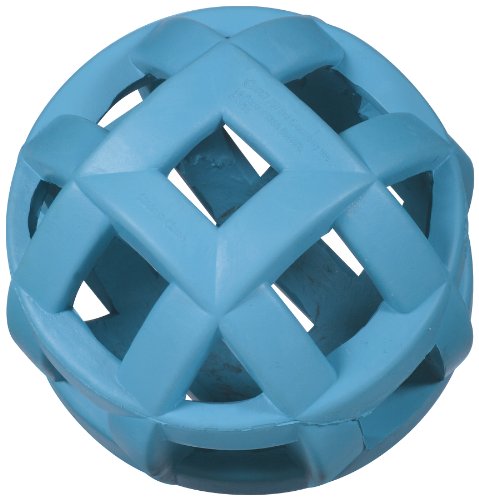 My Dog Chews Everything
Why Dogs ChewSome dogs are n
My Dog Chews Everything
Why Dogs ChewSome dogs are n
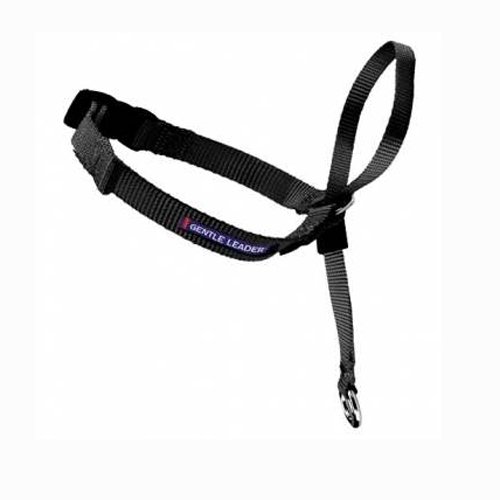 Hate to Walk Your Pulling Dog? Heres the Instantaneous Solution (Really!)
Credit: thatmutt.c
Hate to Walk Your Pulling Dog? Heres the Instantaneous Solution (Really!)
Credit: thatmutt.c
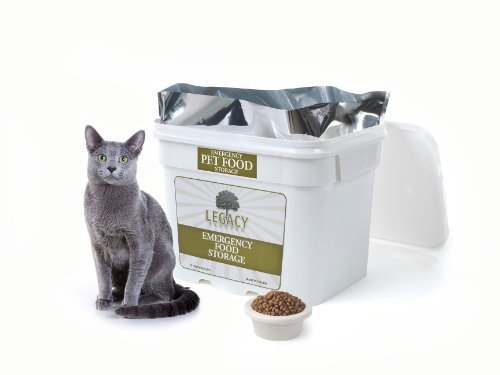 Prepare your Pets for Natural Disaster
In light of all the natural disasters that have happene
Prepare your Pets for Natural Disaster
In light of all the natural disasters that have happene
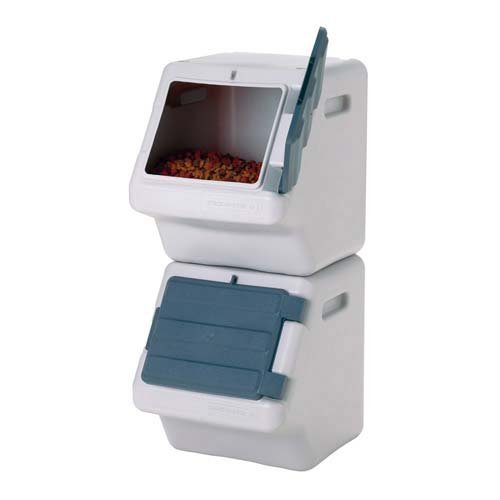 5 Stackable Pet Food Storage Ideas
If you have cats and especia
5 Stackable Pet Food Storage Ideas
If you have cats and especia
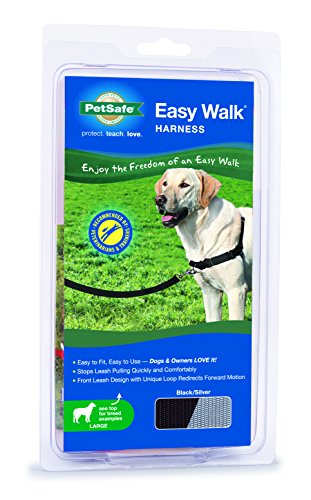 How To Stop Dogs Pulling On The Leash
To Stop Dogs Pulling Takes P
How To Stop Dogs Pulling On The Leash
To Stop Dogs Pulling Takes P